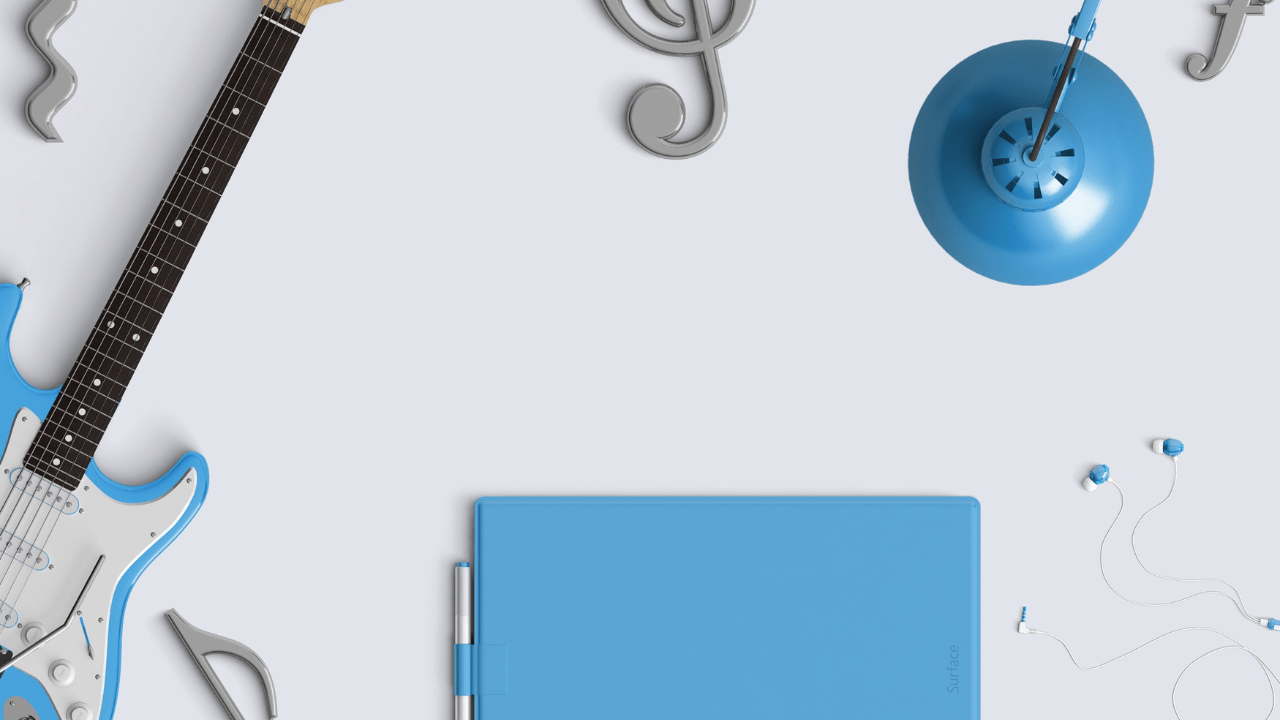Sidhu Moose Wala is a name that resonates with music lovers around the globe, especially fans of Punjabi music. He wasn’t just a singer; he was a storyteller, a cultural icon, and an inspiration for many. Moose Wala’s incredible journey from a small village in Punjab to the prestigious Billboard charts is a story that fills hearts with pride and hope.
This blog is a tribute to his legacy. We will dive deep into how he broke barriers, made a name on the Billboard charts, and inspired countless artists worldwide. Sidhu Moose Wala’s story is a reminder that with passion and hard work, dreams can come true.
What Are Billboard Charts, and Why Are They Important?
The Billboard charts are like the Oscars for musicians. They rank songs and albums based on how many people are listening to them, buying them, or streaming them online. Being featured on these charts means your music is reaching millions of people.
For years, artists from all over the world have dreamed of making it to Billboard. It’s a tough game, especially for regional musicians like Sidhu Moose Wala. But Moose Wala did the impossible and proved that language and geography are no barriers when it comes to great music.
Early Days of Sidhu Moose Wala
Sidhu Moose Wala was born as Shubhdeep Singh Sidhu in the village of Moosa, Punjab. Growing up, he was just like any other kid from a small village. But he had something special—a deep love for music and poetry.
In school, Sidhu loved writing lyrics. His passion for music grew stronger when he listened to legendary Punjabi singers like Kuldeep Manak and Gurdas Maan. However, Moose Wala’s journey was far from easy. Like many artists, he faced struggles, rejections, and doubts.
After finishing school, he moved to Canada for higher studies. This move became a turning point. It was in Canada that Sidhu Moose Wala began experimenting with music, trying to blend traditional Punjabi tunes with modern beats.
The Rise of Sidhu Moose Wala
Breaking Into Punjabi Music
Sidhu Moose Wala’s first big song, “So High,” took the Punjabi music world by storm. It wasn’t just a hit; it was a statement. The song’s bold lyrics and unique beats showcased his talent. Fans instantly connected with his raw and fearless style.
After the success of “So High,” there was no looking back. Moose Wala released hit after hit, including “Warning Shots”, “Dollar”, and “Selfmade.” His music became a voice for the youth, speaking about identity, pride, and real-life struggles.
Collaborating With International Artists
What set Moose Wala apart was his ability to think big. He didn’t just want to stay popular in Punjab; he wanted the world to know Punjabi music. To do this, he collaborated with international artists like Mist, Stefflon Don, and others.
Songs like “47” brought Sidhu Moose Wala global fame. These collaborations helped him connect with fans outside India, especially among the South Asian diaspora in countries like Canada, the US, and the UK.
Moose Wala’s Billboard Charts Journey
Making it to the Billboard charts is no small feat, especially for an artist singing in Punjabi. Sidhu Moose Wala’s album “PBX 1” became his ticket to international fame.
The album didn’t just break records in India; it also made it to the Billboard Canadian Albums chart. This was a proud moment for all Punjabi music fans. For the first time, a singer from a small village in Punjab was competing with the biggest names in the global music industry.
His tracks, including “Moosetape”, went on to achieve streaming milestones, further solidifying his position on international platforms.
Why Sidhu Moose Wala Was Loved
Honest and Relatable Lyrics
Sidhu Moose Wala’s songs were real. He didn’t sugarcoat things or try to make his music fancy. He wrote about life as it was—sometimes tough, sometimes inspiring.
His lyrics often talked about identity, pride, and the challenges faced by young people. For example, songs like “Old Skool” and “Bad Fellow” captured the struggles and dreams of his generation.
Fusion of Old and New
Moose Wala knew how to bring old Punjabi folk music together with new beats. This mix made his songs popular with both young listeners and older generations. He kept his roots alive while appealing to a global audience.
Challenges Sidhu Moose Wala Faced
Sidhu Moose Wala’s journey wasn’t all smooth. He faced criticism for his bold lyrics and sometimes controversial themes. But Moose Wala stood by his work, saying that his songs reflected the reality of his life and community.
Despite the challenges, Moose Wala never gave up. His resilience is what made him a true legend.
Legacy of Sidhu Moose Wala
Sidhu Moose Wala’s influence goes far beyond his chart successes. He opened doors for other Punjabi artists, showing them that it’s possible to make a global impact.
Inspiring Future Generations
Moose Wala’s journey has inspired countless young musicians to dream big. He proved that you don’t need to be from a big city or sing in English to become an international star.
Making Punjabi Music Global
Thanks to artists like Sidhu Moose Wala, Punjabi music is now heard in clubs, weddings, and playlists worldwide. His work has helped Punjabi music reach platforms like Spotify, Apple Music, and of course, the Billboard charts.
Sidhu Moose Wala’s Impact on the Music Industry
Sidhu Moose Wala’s success has changed the way the music industry looks at regional artists. His presence on international platforms has made global music labels pay attention to Punjabi talent.
Even after his tragic passing, Moose Wala’s music continues to inspire and connect with millions. His legacy lives on, proving that great music never dies.
Conclusion
Sidhu Moose Wala’s journey from Moosa village to the Billboard charts is a story of hard work, dreams, and breaking barriers. He proved that music knows no boundaries and that with talent and determination, anything is possible.
Sidhu Moose Wala will forever be remembered as an artist who not only made great music but also made history. His story reminds us all to dream big, work hard, and never give up.
Related Articles:
For further reading, explore these related articles:
- How to Make the No. 1 Song in the World
- All About Billboard Canada – The Chart That Shows What Canada Loves in Music
For additional resources on music marketing and distribution, visit Deliver My Tune.






